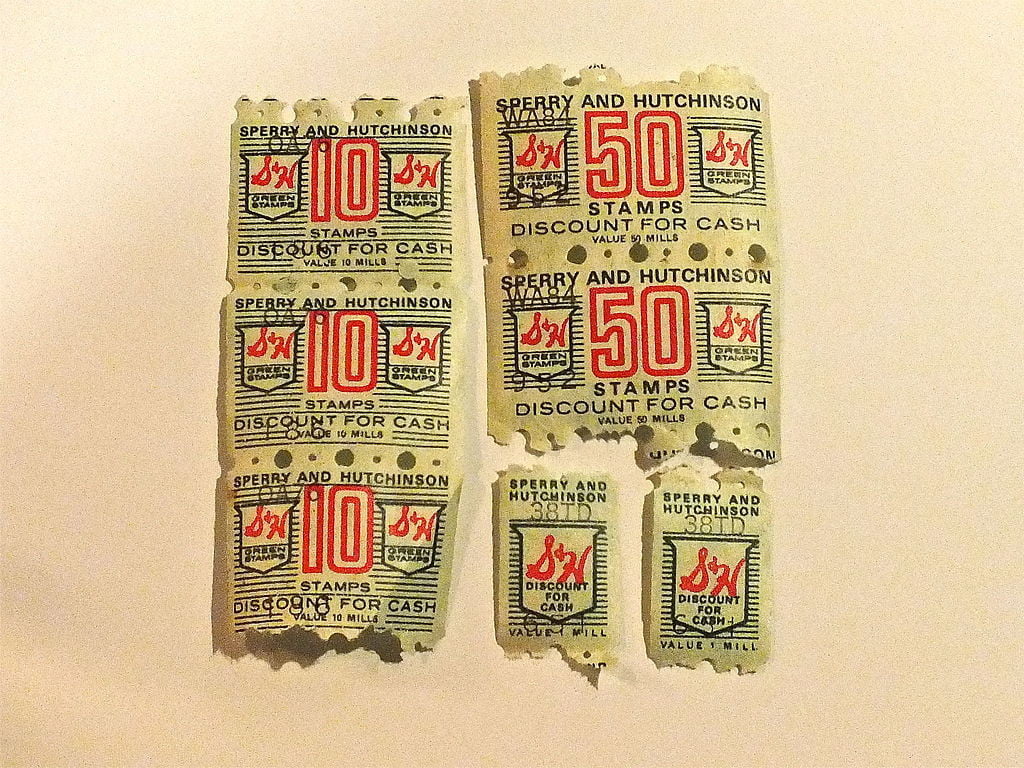Marketing attracts people from a variety of mindsets. Some are attracted to the buzz built around a trend, being in the center of a growing meme. Others are thrilled by the party-like atmosphere that surrounds product launches, promotions, and placements. Still, others find marketing an outlet for artistic expression, enjoying the challenge of finding something eye-catching that then promotes a following.
Of the many mindsets that marketing appeals to, there is a class of people that are highly numerate and find beauty in crunching through datasets, looking for patterns, and finding ways to both build brand loyalty and capitalize on the data those customers’ transactions generate.

Of course, there are many other professions that also look at data; and likely they are equally fulfilling. But the intelligence that can be derived by working on a loyalty scheme has a certain family-esque appeal; where one is working for those customers that truly support a brand and are willing to share up their purchase activity to improve the product and reap rewards for their loyalty.
For some entrants into marketing, they might realize the attraction of working with statistics and looking for trends. Many people start in marketing through internships and have worked to hone organizational, computer, and communication skills. As such, they might have been asked to work on loyalty programs and found they also have data analytic skills.
Loyalty programs, as an aspect of marketing, have been around for decades, but the ability to mine the data and to find ways to leverage as intellectual product saleable to others is a more recent development. Travel sites, for example, seek to retain customers so that they can figure out what air routes are more sought after; that data in turn is valuable to airlines who are looking for hidden gems of routes linking cities not serviced directly.
This has led to a new class of marketing hires. Both corporates and agencies are now on the hunt for individuals that are to spot new opportunities when given access to customer activity data. The skills sought are a blend of being detectives, IT geeks who can program, statisticians, and artists. And the art is not relegated to illustrations or a good sense of what makes a powerful, alluring photograph; it also extends to the ability to write copy that entices people to linger longer and give honest answers that reveal their preferences.

We are no longer in the era of Sears Roebuck catalog or Mad Men. Today’s new entrants are themselves products on the age of the tweet, influencer, and follower. Being digitally fluent in the platforms, the market segments they appeal to, and what can (or should not) be posted, is a lifetime away from what were the core skills even 15 years ago.
Sure, the ability to construct a marketing campaign still adheres to the 4Ps. Likewise, one still needs to be able to articulate ideas, support theses, and organize resources for a campaign. But now like shards of shattered glass, the traditional venues of print & broadcast, are reaching a new level of complexity. To deal with such, new skills are required to understand these evolving platforms and the populations who employ them for their daily diet of news, opinions, and other information. This is next-level stuff, and it is a challenge for the previous generations who now command marketing departments and advertising agencies.
This requires something of a hybrid. On the one hand, the more defined marketing skills and knowledge remains relevant as mentioned earlier, but that needs to go hand-in-hand with skills that know how to convert followers into loyalty schemes participants. This generation needs to be able to consume the data generated by loyalty schemes, apply those old-school skills such as detective work, statistics, and analytical programming; and then create and place new promotions on the right platforms to elicit new traffic and more data.
Thus, when looking at ways to break into the marketing business, knowing more than just social media is critical. New hires should have some appreciation for what a loyalty scheme can deliver, not just in terms of informing customers as to the development of a product or service they track, but in being able to mine the data and also tie up with others that will happily share and/or benefit from such data.
Going back to the data coming from the airline reservation industry, of course knowing companies like kayak, skyscanner and the like make use of their own data to propose return custom, but being able to see ways to sell such to other industries like airlines, hotels, and car rental agencies will make some job applicants stand out.

Loyalty schemes have come a long way from entering green shield stamps in a book in order to receive a set of pots and pans, just to entice customers to a particular gas station chain. A huge market shift occurred when retailers started matching up perennial customer purchases that enabled them to predict what a customer might want and is more likely to buy. The barriers that once existed for operating a loyalty scheme have dropped dramatically.
The next major shift will come when agencies and entry-level marketing professionals demonstrate that they can see ways to convert registered users into loyalty scheme data points, and more so, can see ways to capitalize on such.

